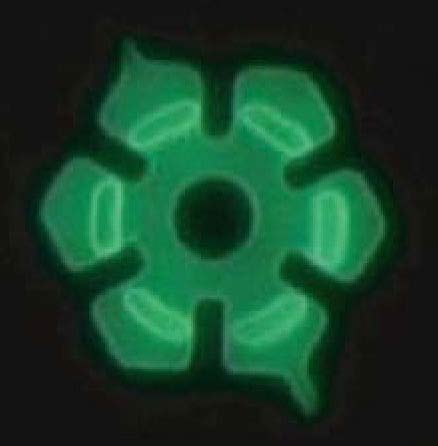This Machine is Alive! Microscopic Motor Runs on Microbes

Scientists have yoked bacteria to power rotary motors, the first microscopic mechanical devices to successfully incorporate living microbes together with inorganic parts.
"In far future plans, we would like to make micro-robots driven by biological motors," researcher Yuichi Hiratsuka, a nanobiotechnologist now at the University of Tokyo, told LiveScience.
Hiratsuka, while at Japan's National Institute of Advanced Industrial Science and Technology near Tokyo, and his colleagues experimented with one of the most rapid crawling bacteria, Mycoplasma mobile. [Photo / Video]
Like 20 mph
This pear-shaped microbe, a millionth of a meter long, can glide over surfaces at up to seven-tenths of an inch an hour. Translated to a six-foot-tall runner, this roughly equates to 20 mph.
The researchers built circular pathways coated with sugary proteins, which the microbe needs to stick to in order to glide over surfaces. They then docked a rotor onto the track and coated the bacteria with vitamin B7, which acted like glue to yoke the germs to the cog. They also genetically modified the microbes so they stuck to their tracks more stably.
The scientists created roughly 20,000 rotors on a silicon chip. Each cog is etched from silica, which sand is made of, and is 20 microns wide, or roughly a fifth the diameter of a human hair.
Sign up for the Live Science daily newsletter now
Get the world’s most fascinating discoveries delivered straight to your inbox.
The rotors spun at roughly 1.5 to 2.6 revolutions per minute. Each individual cell in these motors generates roughly 10,000 times less torque than conventional microscopic electronic motors can.
Improvements possible
However, Hiratsuka noted they could improve the torque their systems generate by increasing the number of bacteria circling the tracks, which can hold up to 100 microbes. Moreover, he added their systems could repair themselves, require only the sugar glucose as fuel, do not need wires and can work in wet environments, unlike the electronic motors.
In the future, instead of live bacteria, the researchers suggest using dead ones to avoid the potential biohazards living microbes pose. These dead "ghosts," as the scientists dub them, can still glide if their motors are given the right organic compounds.
In addition to helping drive micro-robots, Hiratsuka suggested bacteria-powered motors could help propel micropumps in lab-on-a-chip devices. "Alternatively, we may be able to construct electronic generator systems, which generate electric energy from an abundant chemical source—glucose in the body," he said.
Hiratsuka and his colleagues reported their findings online Aug. 28 via the Proceedings of the National Academy of Sciences.
- Gallery: Micromachines
- High-Speed Microscopic Engine Found
- Microbe and Machine Merged to Create First 'Cellborg'
- World’s Smallest Car Gets Microscopic Motor
- Gallery: Microscopic Images As Art
- The World's Smallest Motor










